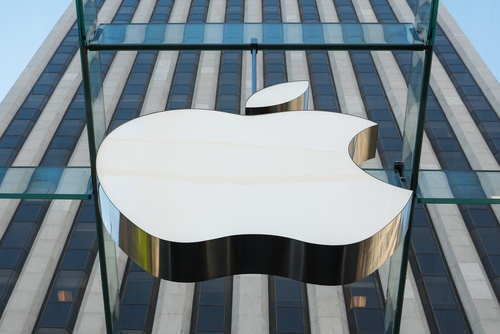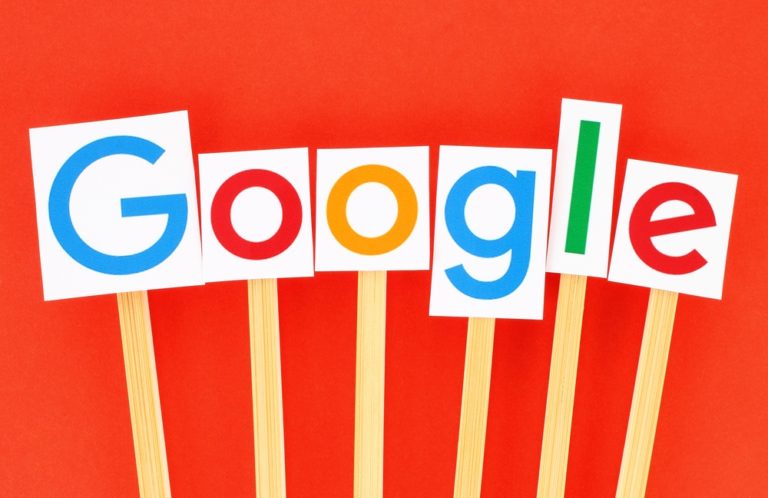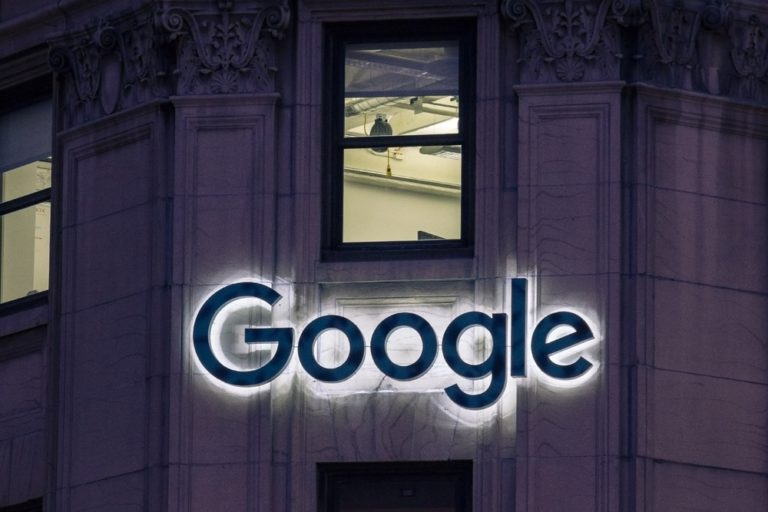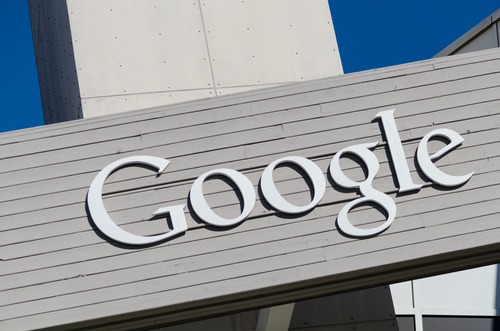Key Takeaways
- A UK resident hid an Apple AirTag on a stolen motorcycle to track it.
- Police found the thief’s bedroom using the AirTag and made an arrest.
- Similar stories show AirTags can stop thieves in their tracks.
- Some worry these trackers could be used to invade privacy.
- This case shows how technology is changing security and policing.
A UK motorbike owner faced a big shock when thieves stole his prized ride. Yet he turned the tables on them. He had slipped an Apple AirTag under the seat before storing the bike overnight. When the bike vanished, he pulled out his phone. The tracker showed a clear signal leading to a house nearby. Then he called the police. They followed the Apple AirTag’s signal right into the suspect’s bedroom. Soon after, the thief was arrested and later pleaded guilty.
Hidden Apple AirTag Leads to Thief’s Capture
In this case, the Apple AirTag sat quietly under the seat. At first, the owner thought his motorbike was safe in his garage. However, thieves struck in the dead of night. The next morning, the owner felt panic wash over him. Luckily, the AirTag he had hidden started sending location updates.
The tracker uses Bluetooth to talk to nearby iPhones. As soon as someone with an iPhone came close, the location pinged back to the owner’s phone. First, the tag appeared on a street map. Then it moved into a row of houses. The owner shared the live map with local police. They traced the device to one specific home. So officers entered with a warrant. Inside, they found the stolen motorcycle parked in the bedroom. The suspect could not explain how the bike got there. Confronted with proof from his own tracker, he quickly admitted guilt.
Real-Life Cases of AirTag Success
This UK story is not alone. Around the world, people use Apple AirTag to guard their stuff. For instance:
- A family in London tracked a stolen car after the dashboard marker sent alerts.
- In Australia, a hiker found a missing backpack thanks to an AirTag inside.
- A New York couple recovered luggage taken by mistake in an airport.
These cases prove how the Apple AirTag can help recover lost or stolen items fast. Moreover, the small size means you can hide it anywhere. You can tuck one in a bag pocket, a bike frame, or even in a suitcase. Then, whenever your item moves, you get updates on your Find My app.
Privacy Concerns with Apple AirTags
Despite these wins, Apple AirTag has sparked privacy questions. Critics warn that someone could slip a tracker into a person’s car or bag without permission. Then they could follow that person’s every move. Scary as it sounds, Apple built in alerts. If an unknown AirTag travels with you for hours, your phone will ping a warning. Also, after a day and a half away from its owner, the AirTag will start beeping. In theory, these features protect against unwanted tracking.
However, some victims still miss the alerts. In jam-packed public spaces, a quiet beep might go unheard. Plus, people without iPhones might never get any warning at all. Therefore, lawmakers and tech experts argue for tougher rules. They suggest forcing stricter pairing rules or adding louder alarms. Meanwhile, victims of stalking want faster ways to disable these trackers. Despite Apple’s efforts, these debates show that tech can both help and harm.
The Future of Tracking and Security
This motorcycle recovery paints a clear picture. Technology like the Apple AirTag reshapes how we think about security. In the past, you needed complex gear or private detectives to find lost items. Now, a coin-sized device does the job. In fact, other firms are working on similar trackers. Soon, you might see tags that use GPS or solar power. They could deliver even better coverage and battery life.
At the same time, police forces are adjusting their methods. They study how trackers work and how to handle digital evidence. Detectives now carry devices that can detect hidden Bluetooth signals. This speeds up searches and helps officers keep the public safe. Furthermore, community groups teach people how to shield themselves from unwanted tracking. Thus, the conversation shifts from gadgets to guidelines for safe use.
Many experts predict that more tracking tools will appear in homes, cars, and workplaces. As a result, both users and lawmakers must stay alert. On one hand, trackers boost recovery rates and deter thieves. On the other, they raise tough privacy questions. Balancing these forces will shape our cities for years to come.
Wrapping Up: How Apple AirTag Makes a Difference
In the end, the UK motorcycle case shows two things. First, you can fight back against theft with simple tech. Second, even helpful tools can pose risks. Apple AirTag and its rivals offer peace of mind to many. Yet they also spark debates over personal safety and privacy. As we move forward, it falls on each of us—users, police, and lawmakers—to set smart rules. That way, we can enjoy the benefits without facing the dangers.
Frequently Asked Questions
Can anyone track me with an Apple AirTag?
No. AirTags work best with Apple devices that use Find My. If an unknown tag follows you, your iPhone will warn you. Then you can play a sound to find it.
How long does an Apple AirTag battery last?
An AirTag battery can last about a year with everyday use. You can replace it yourself easily.
What should I do if I find an AirTag near me?
If you see an unknown AirTag, bring it close to your iPhone. Tap the notification to learn its owner info. Then disable it so it stops sharing your location.
Are there laws against hiding tracking devices on people?
Yes. Many places have strict rules about stalking and non-consensual tracking. Violators can face fines or jail time depending on local laws.










